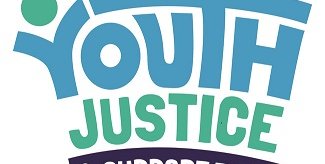Buckinghamshire Youth Justice Plan 2025 to 2026

Section 2: National Indicators Reducing Reoffending
Reducing reoffending and the risks to delivery.
Reducing reoffending
The rate of reoffending in Buckinghamshire is significantly lower than that seen across all comparator areas.
In actual numbers, this represents 6 children reoffending from both the April to June 2022 and January to March 2023 cohorts, with the overall cohort size impacting the percentage difference. This can be attributed to the reduction in first-time entrants over the same period.
During the timeframe this data reflects, the YJST fully adopted the Child First approach, setting up the YP4All participation group and collaborating more effectively with children on “what works”. Feedback consistently shows the strength of the relationship between child and worker, which is key to achieving positive change.
All children receiving an outcome within a 3-month period tracked for 12 months to see if they receive a further outcome. The number that do, is then calculated as a percentage of the original cohort.
| April to June 2022 | July to September 2023 | October to December 2022 | January to March 2023 | |
|---|---|---|---|---|
| Buckinghamshire | 20.7% | 21.1 | 17.4 | 16.2 |
| Thames Valley | 29.1 | 25.9 | 25.8 | 30.7 |
| South-east | 31.9 | 29.3 | 31.9 | 32.5 |
| National | 33.4 | 32.2 | 31.5 | 33.1 |
| Youth Justice Service Family | 28.5 | 30.7 | 25.7 | 30.3 |
Risks to delivery
- The ongoing gap in the provision of a seconded Probation Officer could impact effective transitions between youth and adult services, leading to an increase in reoffending for this cohort of children and young adults
- Delays in the timeliness of investigations and outcomes impact the ability to intervene early. There is a plan in place to address concerns, and the Board have oversight of this